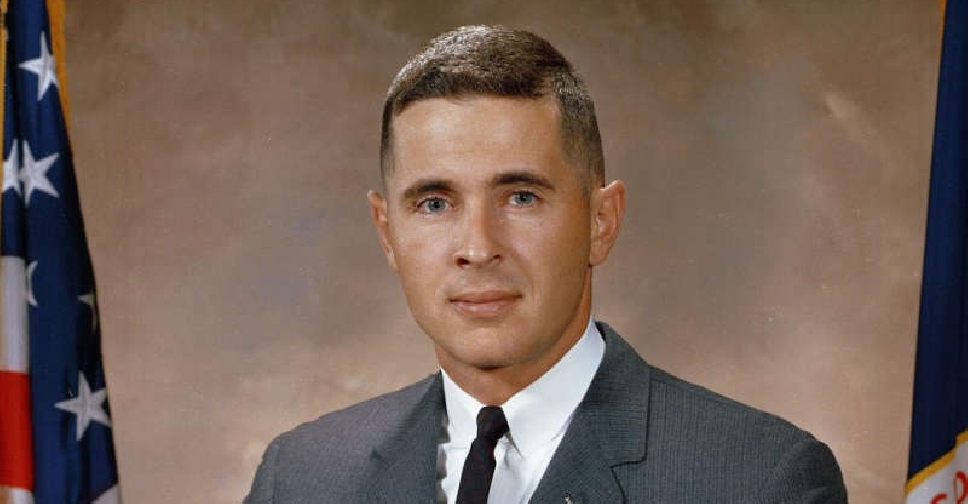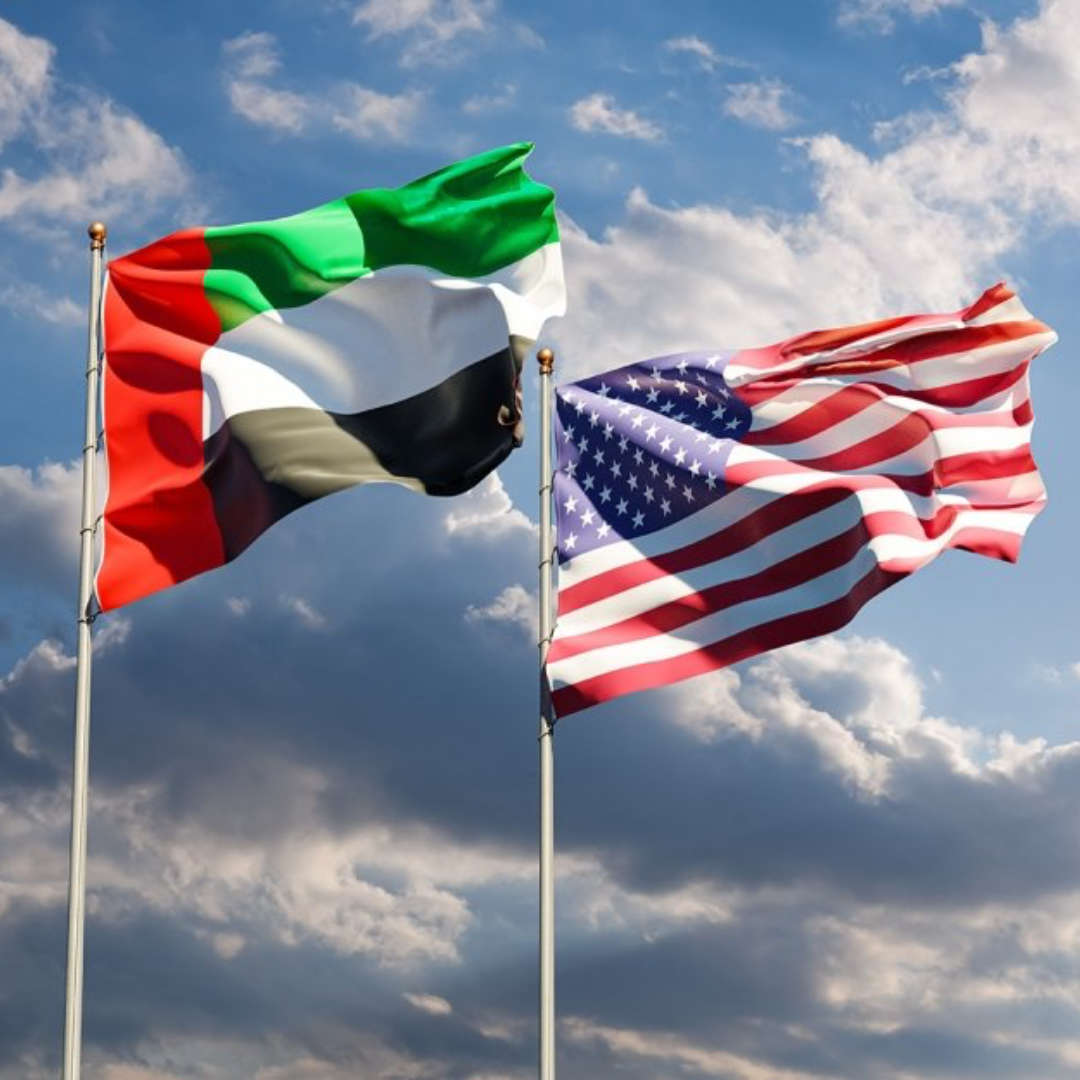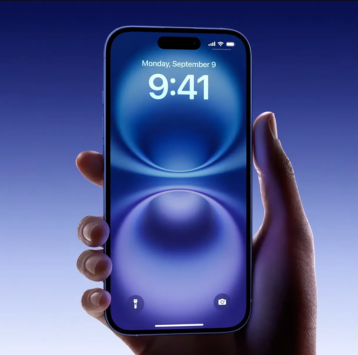
Retired astronaut William Anders, who was one of the first three humans to orbit the moon, died on Friday in the crash of a small airplane in Washington state at the age of 90.
He is known for capturing the famed "Earthrise" photo during NASA's Apollo 8 mission in 1968.
NASA chief Bill Nelson paid tribute to Anders on social media with a post of the iconic image of Earth rising over the lunar horizon, saying the former Air Force pilot "offered to humanity among the deepest of gifts an astronaut can give."
The Heritage Flight Museum near Burlington, Washington, which he co-founded, confirmed that Anders was killed in an aircraft accident.
Anders was piloting the plane alone when it went down off the coast of Jones Island, part of the San Juan Islands archipelago north of Seattle, between Washington and Vancouver Island, British Columbia, The Seattle Times reported, citing his son, Greg.
According to television station KCPQ-TV, a Fox affiliate in Tacoma, Anders, a resident of San Juan County, was at the controls of a vintage Air Force single-engine T-34 Mentor that he owned.
Video footage on KCPQ showed a plane plunging from the skies in a steep dive before slamming into the water just offshore.
A US Naval Academy graduate and Air Force pilot, Anders joined NASA in 1963 as a member of the third group of astronauts. He did not go into space until December 21, 1968, when Apollo 8 lifted off on the first crewed mission to leave Earth orbit and travel 240,000 miles (386,000 km) to the moon.
Anders was the "rookie" on the crew, alongside Frank Borman, the mission commander, and James Lovell, who had flown with Borman on Gemini 7 in 1965 and later commanded the ill-fated Apollo 13.
Apollo 8, originally scheduled for 1969, was pushed forward because of concerns the Russians were accelerating their own plans for a trip around the moon by the end of 1968. That gave the crew only several months to train for the historic but highly risky mission.
Carried by a Saturn V rocket never before used on a crewed flight and tested only twice, the spacecraft faced the delicate and daunting task of entering and leaving lunar orbit safely. Failure meant crashing into the moon or being forever stranded in orbit.
DISCOVERING EARTH FROM THE MOON
Recalling the mission 40 years later, Anders acknowledged that although confident of success, he thought "there was a one-third chance" the crew "didn't come back."
Trepidation turned to triumph when Apollo 8 reached the moon on Christmas Eve and, during its 10 orbits, captivated a worldwide television audience of more than a billion people by transmitting the first pictures of the lunar surface just miles below.
A key part of the mission was photographing the moon, but "after about the third revolution, the moon was clearly kind of a boring place. There was nothing but holes and holes upon holes," Anders said at a symposium in 2009.
The astronauts' focus shifted abruptly when the Earth began rising over the lunar surface. "Me, Lovell and Borman suddenly said at once: 'Look at that' - this gorgeous, colourful, beautiful planet of ours coming up over the ugly lunar horizon," Anders told Forbes magazine in 2015.
Using a long lens and colour film, Anders ended up snapping the photograph now known as "Earthrise." The image, vividly capturing both the Earth's beauty and fragility in the vastness of space, is considered one of history's most influential photographs, widely credited with helping inspire the environmental movement.
"Here we came all the way to the moon to discover Earth," Anders later said.
'YOU SAVED 1968'
He also played a key role in another indelible episode from that Christmas Eve mission - leading off as the crew read from the Book of Genesis while Apollo 8 transmitted images of the lunar surface to Earth.
The three astronauts were greeted as national heroes when they splashed down three days later in the Pacific Ocean and were feted as Time magazine's "Men of the Year."
Their mission paved the way to the first moon landing by Apollo 11 seven months later, assuring US victory in the Cold War "space race" with the Soviets. But it was also hailed for lifting national spirits at the end of one of America's most traumatic years, in which Americans were shaken by the war in Vietnam and riots and assassinations at home.
"You saved 1968," read one thank-you note to the crew.
William Alison Anders was born on October 17, 1933, in Hong Kong, which was then under British rule. The son of a US Navy lieutenant, his family relocated to Annapolis, Maryland, shortly after his birth but later returned to China, where Anders fled to the Philippines with his mother after the Japanese assault on Nanking.
He earned an electrical engineering degree from the Naval Academy in Annapolis and served in Air Force interceptor squadrons monitoring Soviet challenges of US air defences.
After Apollo 8, Anders never flew in space again but served on the National Aeronautics and Space Council. In 1975, he was appointed by President Gerald Ford as first chairman of the Nuclear Regulatory Commission and later as ambassador to Norway.
He also held various corporate positions at General Electric and Textron before serving as chairman and chief executive of General Dynamics in the early 1990s.
In his later years, he headed a philanthropic group for education and the environment. He and his wife, Valerie, whom he married in 1955, raised six children.
In the decades after Apollo 8, Anders joined Lovell, now 96, and Borman, who died last year at age 95, at anniversary celebrations of the mission.
As discussion grew of sending astronauts back to the moon and even to Mars, Anders voiced hope "that when we finally figure out how to go to Mars, we could do it not as Americans beating the Chinese or some silly thing like that but we could do it as humans going from our home planet to the next planet."



 Beyonce delivers a rousing kickoff to her 'Cowboy Carter' tour
Beyonce delivers a rousing kickoff to her 'Cowboy Carter' tour
 Cyndi Lauper, Chubby Checker chosen for Rock & Roll Hall of Fame
Cyndi Lauper, Chubby Checker chosen for Rock & Roll Hall of Fame
 Kendrick Lamar, Post Malone lead American Music Awards nominations
Kendrick Lamar, Post Malone lead American Music Awards nominations
 Sharjah Children's Reading Festival brings new chapter of surprises
Sharjah Children's Reading Festival brings new chapter of surprises
 Metallica to perform at Abu Dhabi Grand Prix
Metallica to perform at Abu Dhabi Grand Prix







